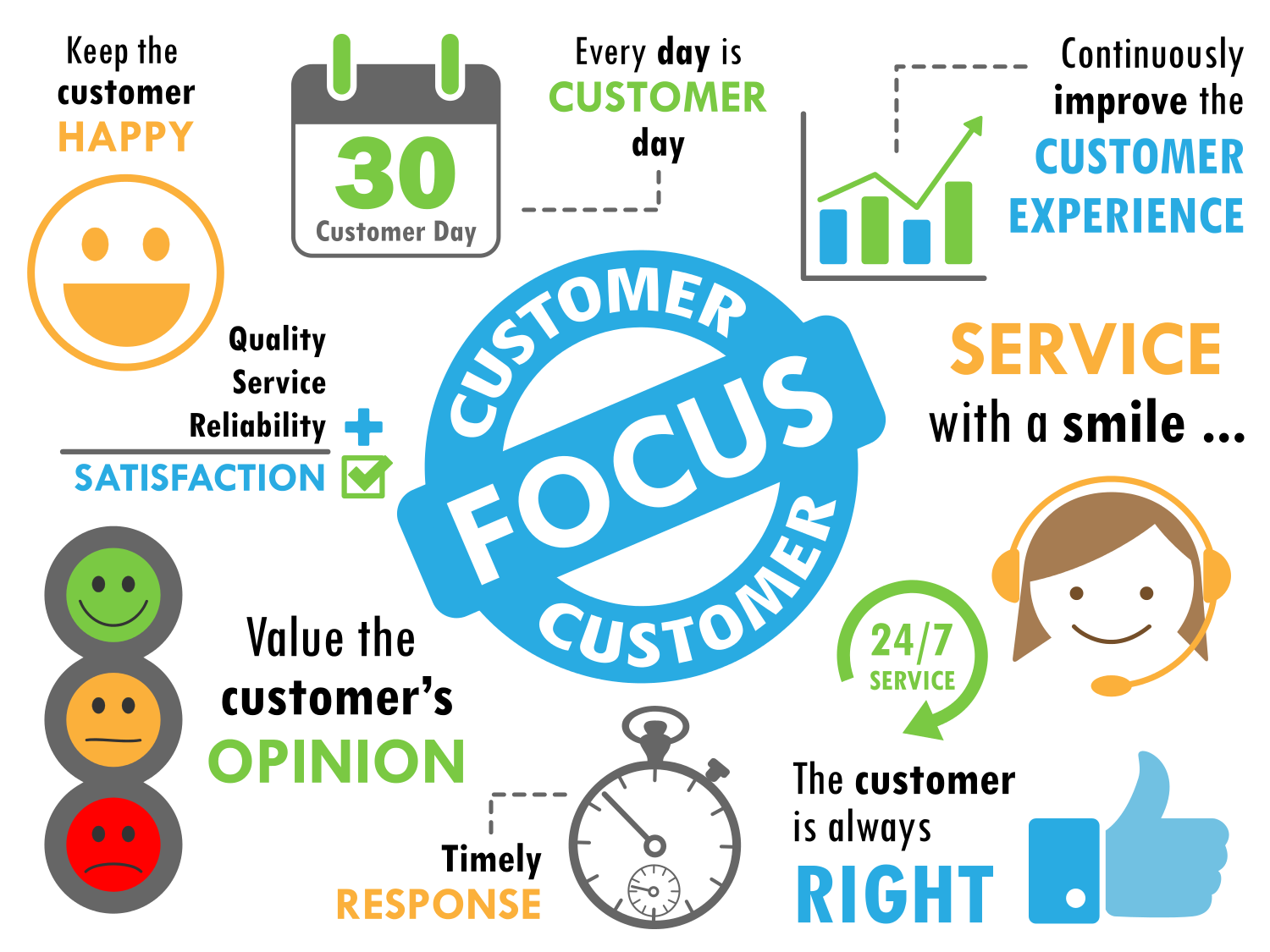In the world of online support and customer service, you can’t avoid tickets or ticket triaging - it’s how customers get in touch with you and how you solve problems and improve customer experience. But not all tickets were created equal, and they shouldn't all be sorted through and answered by customer support representatives. It’s inefficient, costly, and just bad business.
Here, we break down the idea of ticket triaging and explain how taking an 80/20 approach to tickets can save money, improve customer experience, and streamline your business.
SEE ALSO: 11 CHANGES THAT ARE REVOLUTIONIZING THE CUSTOMER SUPPORT WORLD
Understanding the World of Tickets
Anytime a customer submits something on your website, it creates a ticket. These inquiries generally fall into four major categories:
Technical issues
Order/billing questions
Product questions
Miscellaneous
Online businesses today have tons of tools at their disposal to help them address these tickets and answer customer questions efficiently and effectively. These include help desk software tools, customer support software, and AI-powered self-service.
These tools can certainly increase efficiency and customer satisfaction. The problem, though, is that - no matter what tools you’re using - more of these tickets usually go to customer representatives than necessary. This costs money and decreases efficiency, customer and representative satisfaction. In fact:
69% of internal support tickets are solved in a single communication, but first response time is at an average of 24.2 hours, suggesting that teams may be too busy to respond to queries quickly.
78% of consumers have bailed on a transaction or not made an intended purchase because of a poor service experience.
In the U.S., the estimated cost of customers switching due to poor service is $1.6 trillion.
Cost-per-ticket for support teams is high, ranging from $2.93 to $49.69, with the average ticket costing $15.56. The average cost per minute for handling a ticket is $1.60. Self-serviced tickets, on the other hand, cost an average of $2 total.
The average service desk spends 68.5% of its budget on staffing costs and only 9.3% on technology.
The Solution: The 80/20 Rule
The 80/20 rule of ticket triaging is simple. In a nutshell, only 20% of tickets should go to service representatives, while the other 80% can be handled by today’s AI-powered self-service solutions.
Why?
The reality is that up to 80% of the questions that customer service reps get each day are repetitive, low-level questions that can be easily answered by AI-powered self-service software. That means that 80% of their time is spent reading, organizing, and responding to questions and problems that they really shouldn’t have to face.
From a business standpoint, this is costly and largely ineffective. On top of that, it creates job dissatisfaction and high turnover rates among the service representatives - they’re bored and they’re not optimizing their time to actually solve problems and help.
The solution, then, is to send that percentage of questions to self-service software, and let the customer service reps deal with the other 20% - the more complex, personalized, high-value interactions. In order for this to work, though, the reps have to have the skill and the training to effectively answer those complex queries, which includes things like billing questions and highly technical problems or bug fixes.
This means that there will likely be some kind of overhaul involved for most businesses, with customer care executives developing smaller teams of highly skilled agents in which representatives will really have to know their stuff. It’ll take some work, but the increase in efficiency will certainly be worth it.
The Positive Impact of the 80/20 Rule
Overall, this 80/20 system puts the end user in charge and gives them a great self-service experience by providing them with instant, easy-to-access answers. And if they still need help, then they can easily migrate to a skilled, specialized support agent.
This shift in the customer service model will ultimately help both agents and businesses by reducing their need to service low-value calls - or low-value transactional activities - through higher-cost customer care channels.
Although the number of support agent roles may drop, the value they create for customers and for their companies will rise - as will job satisfaction.
Self-serviced tickets cost an average of $2 each, compared to $104 each for tickets that require IT support, and $221 each for tickets that require field support.
The simple and repetitive customer support tickets (80/20 rule) can be handled by AI-powered self-service solutions such as AnswerDash for less than $1 per ticket, providing a very high ROI.
Real-time support channels like chat and voice earn the highest customer satisfaction ratings.
10% increase in a company’s customer satisfaction score leads to a 12% increase in trust from customers.
Plus, it takes the pressure off of your business. Rather than the brunt of the work falling on your representatives, the AI-powered self-service works on autopilot, self-learns over time and puts the end user is in charge.
AnswerDash's AI-Powered Self-Service Platform Can Help You Start Implementing the 80/20 Rule of Ticket Triage Today
AnswerDash’s predictive self-service software can empower your customers to start answering those 80% questions - the low-level, repetitive queries - on their own today. With AnswerDash’s predictive Q&A, you can provide instant, personalized, and specific answers directly on the web page that your customers are navigating - no static FAQ pages and no type-to-search. That way, they’ll find answers quickly and your support representatives will be able to focus their attention on the queries that really matter. Plus, it will allow your business to achieve a 30% - 50% reduction in support tickets and cost. What is good for your customers is great for your business. Learn more at www.answerdash.com.

